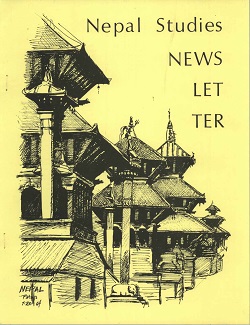Author Biography
Anthony Butler is a biological chemist working at the University of St Andrews. He has a Bachelors degree and a Doctorate from the University of London. In recent years he has had an interest in herbal medicine, particularly those of East Asia. However, his main interest is in the role of nitric oxide in human physiology. He recently co-authored a study of a Chinese stick-and-ball game similar to modern golf, played in the Ming Dynasty (Chui Wan: An Ancient Chinese Golf-like Game by A. Butler, D. Hamilton, J. Moffett, C. Gao, and W. Zhou, The Partick Press, 2017).
Abstract
Malaria is a disease that has blighted humankind since early times. The first antimalarial treatment available to Europeans was the dried bark of the cinchona tree from Peru. The main problem in its use was adulteration by other material. The ‘active principle’ was first extracted in 1820 and named quinine. It was found to be a more powerful and reliable drug than cinchona bark. Once its chemical structure had been determined, it was possible to synthesize substances chemically related to quinine that were equally powerful but could be manufactured industrially. Mepacrine (atabrine) was amongst the most successful, but had adverse side effects. To avoid these side effects, further chemical modification gave chloroquine, a highly successful drug. This sequence is a common way of converting an herbal remedy into a modern-style chemical drug. It parallels, to some extent, the process of potentiation common in traditional herbal medicine. By the 1970s, drug resistance had developed with chloroquine. To find and develop a new antimalarial drug that worked on an entirely different pharmacological principle, Chinese scientists turned to their herbal compendia (ben cao) and found that Artemisia annua (qing hao) was frequently mentioned as a treatment for intermittent fever. Whether, in view of the distinctive doctrines of Chinese medicine, it should be possible to extract an active principle as described above is discussed. After a very careful reading of the procedure given for the use of qing hao, an active substance, artemisinin, was extracted. Artemisinin has a truly remarkable chemical structure, and chemical modification produced artesunate, the drug of choice. To prevent the development of resistance, artesunate is used in combination with other antimalarial drugs. Modern pharmacology has largely ignored that other substances in artemisia and the cinchona bark may contribute to their therapeutic effect. This matter is also discussed.
Acknowledgements
The author would like to thank Barbara Gerke and Jan van der Valk for their help with the preparation of this paper. Any remaining errors are the author’s responsibility.
Creative Commons License

This work is licensed under a Creative Commons Attribution 4.0 License.
Recommended Citation
Butler, Anthony. 2019. Artemisinin: From Chinese Herbal Medicine to Modern Chemotherapy. HIMALAYA 39(1).
Available at:
https://digitalcommons.macalester.edu/himalaya/vol39/iss1/19


